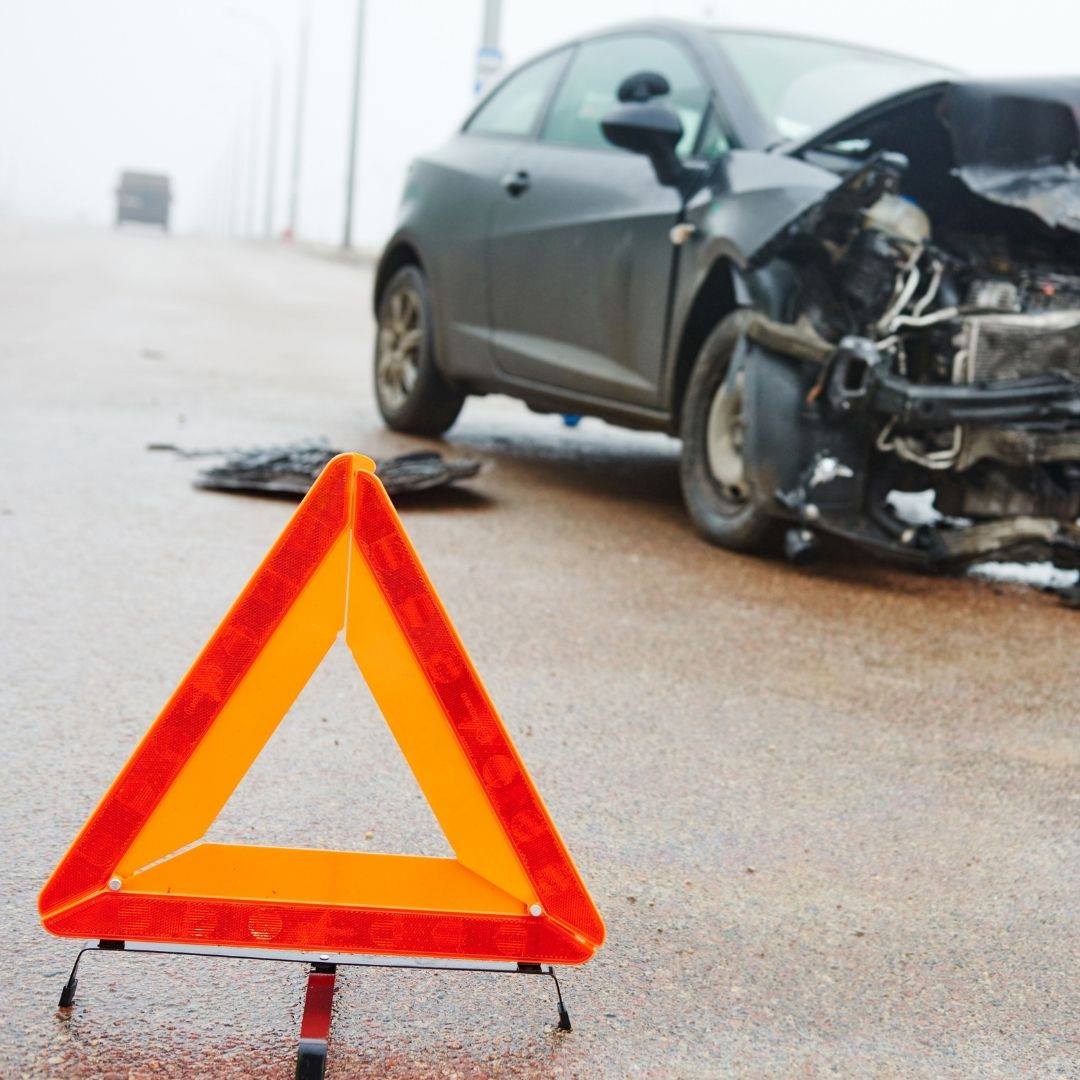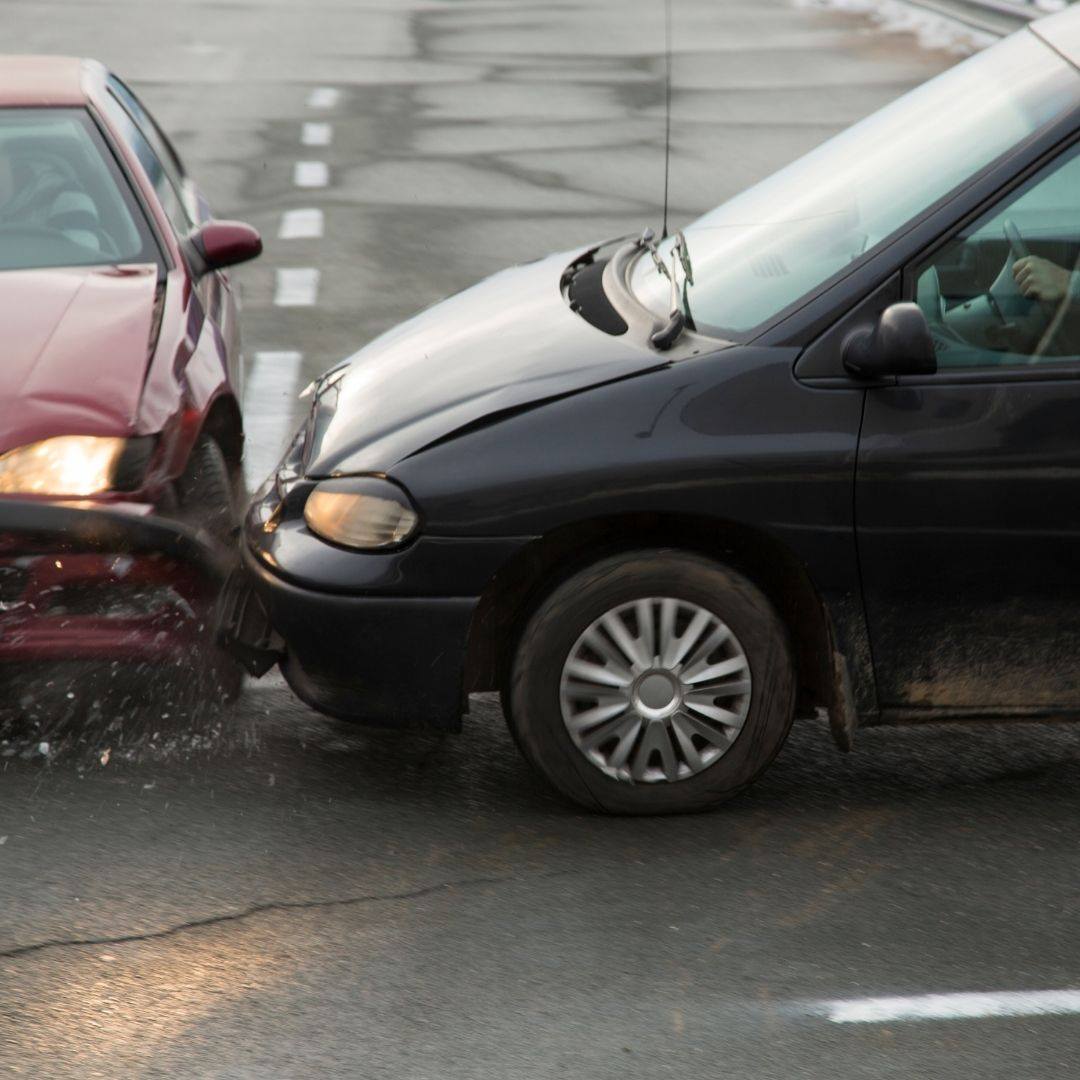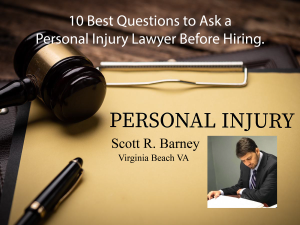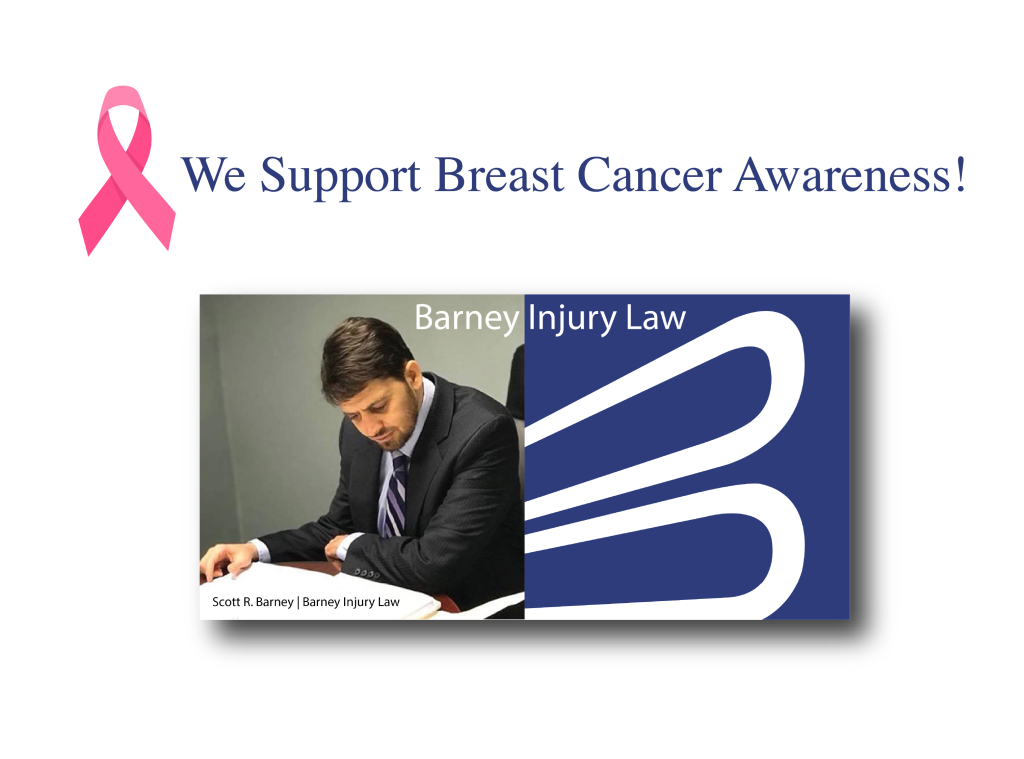Maximizing Compensation with a Skilled Accident Attorney: Your Guide
Accidents can happen at any time, leaving individuals and families to deal with not only physical injuries but also financial and emotional burdens. Securing adequate
BARNEY INJURY LAW

To obtain compensation following a car accident, we must establish that another driver was at fault for the collision. This can be easy or hard, depending on the case. In some accidents, a motorist flat out admits that they were at fault, or we have conclusive video evidence that the other driver made some mistake that resulted in tragedy.
However, fault is sometimes in dispute, and we must rely on all the evidence we can find to advocate for our clients. This is where physical evidence comes in. We often use physical evidence to help reconstruct how the accident happened, which we can use to convince the insurance companies that another motorist is ultimately at fault. Below, our Virginia Beach car accident lawyer looks at 4 different pieces of physical evidence that might come into play in your case.
When two vehicles collide or scrape against each other, paint smears from one car onto another. We can use these paint transfers to establish the following facts:
We can also use paint transfers in a hit and run collision, where we try to identify the driver who fled. If we see red paint transferred onto our client’s car, we know to look for a red car that fled the scene.
It is vital not to rush to the body shop to have your car painted after the crash. This will erase helpful evidence and make it that much harder to establish fault for your wreck.
Dents, dings, and scratches also help show where our client’s vehicle was struck. In many accidents, there will be a giant dent, e.g., in side-impact collisions. But in other accidents the dent might be small. For example, our client might have been clipped at high speeds, which caused them to lose control and run off the road.
You can document dents, dings and scratches on the other motorist’s vehicle by taking many pictures at the scene of the accident. Zoom in on any dents or depressions and take pictures from many different angles. Some dents show up better in different lighting conditions.

The windshield or side window could shatter at impact, and these shards might be relevant in establishing fault. In particular, if you were the victim of a hit and run, then the driver might have left behind a piece of glass, which we can use to identify the car they were driving.
You should point out pieces of glass to the officer at the scene of the accident. We don’t recommend preserving it yourself, since you might cut yourself. But the officer will preserve pieces if he or she thinks it is relevant.

Car tires leave skid marks in a few situations. One is when the driver takes quick defensive action to try and avoid a collision. You will see black skid marks on the road. There might also be marks when a vehicle “spins out” following the collision.
Take pictures of skid marks, along with any marks on the grass. We can use marks to infer where the vehicle traveled in the seconds before or after a collision. Skid marks can also establish how fast the vehicles were travelling, which could be relevant for your case.

Serious accidents warrant serious compensation. To get the legal help you need, contact Barney Injury Law today. We can meet for a free consultation to discuss your case. Our firm covers mostly Virginia Beach, Chesapeake and Norfolk, Virginia.
Accidents can happen at any time, leaving individuals and families to deal with not only physical injuries but also financial and emotional burdens. Securing adequate

Death is always a delicate topic, but when it comes to the heavy burden of being wrongful, it tangles with the legal system in complex

The world of car insurance is constantly evolving, and it’s essential to stay informed about any changes that could impact your coverage. In July 2023,

Question 1: What are your fees? Many personal injury attorneys work on a contingency fee basis, which means you won’t have to pay a fee unless
Personal Injury Lawyer Serving
Virginia Beach Have You Been In An Accident?

VX4F+FJ Virginia Beach, Virginia

This website is Attorney Advertising. This website is designed for general information only. The information presented at this site should not be construed to be formal legal advice nor the formation of a lawyer/client relationship. Serving accident victims in Virginia Beach, Norfolk, Chesapeake, Portsmouth, Hampton and surrounding Virginia communities.